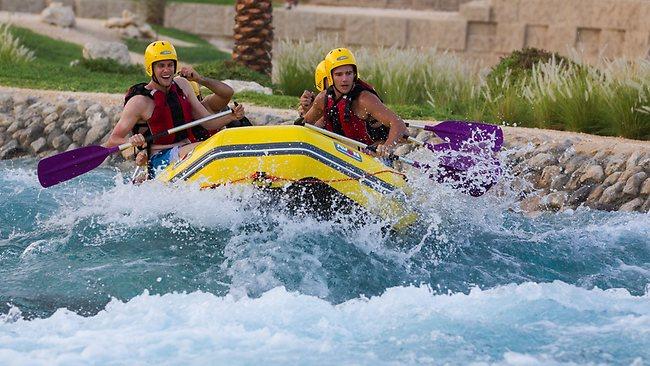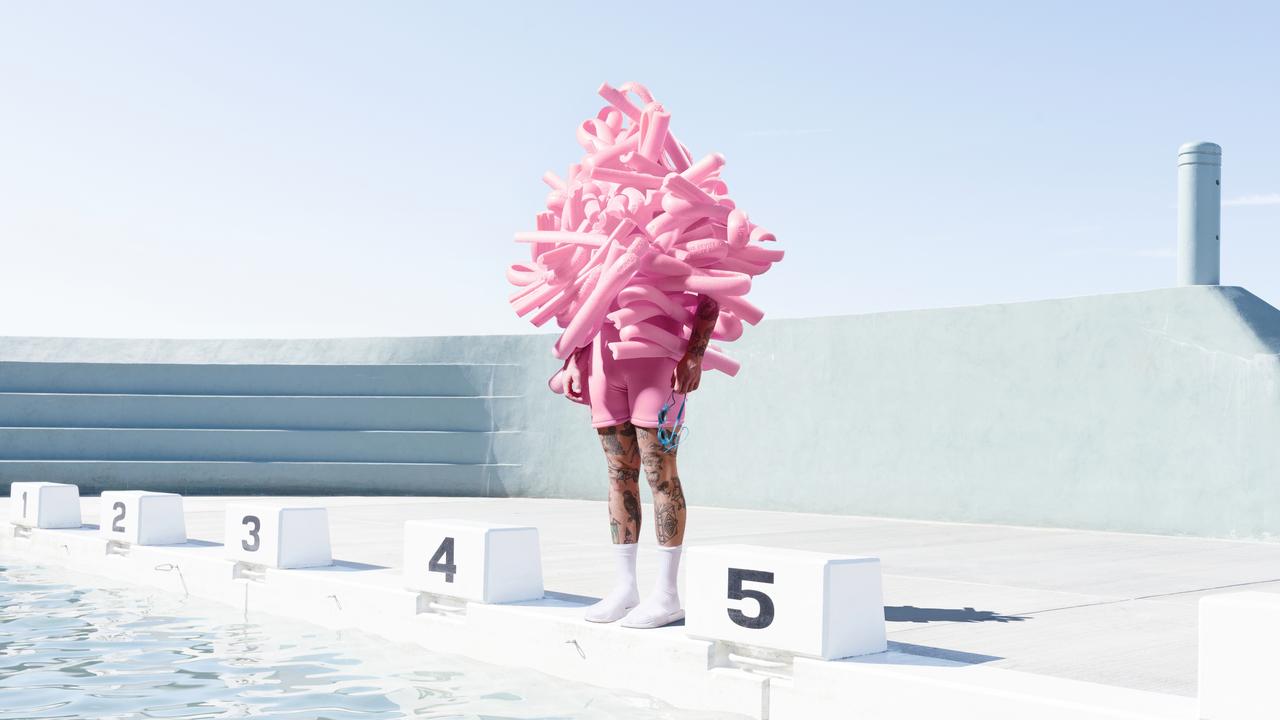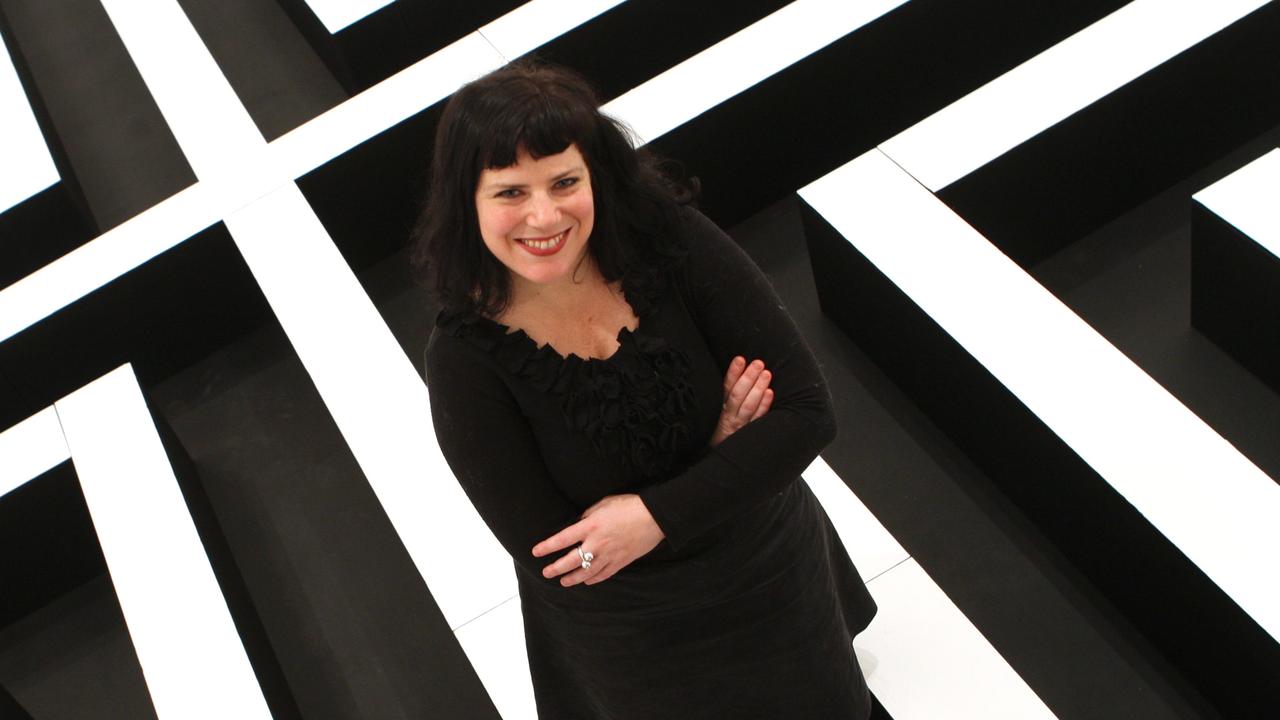Craig Lowndes' drive to succeed
IN the 1990s, if you went to a V8 touring car event, you may have seen a driver having a smoke, a beer and a pie. Not any more.

IN the 1990s, if you went to a Touring Car event, there's a strong chance you'd have seen a driver having a smoke before the race and celebrating afterwards with a beer and a meat pie. Not any more.
Many people mistakenly believe elite drivers can sit behind the wheel of a V8 Supercar without needing any kind of physical activity to get them there and keep them there. The best are pushing their bodies to reach the peak fitness levels that will help them cope with a sport that demands they drive hundreds of kilometres every race weekend.
Chris Brady, director of Queensland Sports Medicine Centre, has worked with TeamVodafone since 2005. Introduced to the sport by former V8 driver Dick Johnson in the late 90s, Brady was bought in to study the drivers and to create the ideal physical preparation. "A lot of money and time was invested in the cars, but not athletes. We wanted to change that and looked at the ways we could make an athlete great in that field," Brady says.
High levels of strain are placed on the body. One example Brady uses is the Bathurst 1000, where the car travels a distance equivalent to that from Sydney to Melbourne. The race is 161 laps of the mountain at an average speed of about 180km/h, with a peak of nearly 300km/h.
With V8 Supercars not having ABS (anti-lock braking system), the drivers brake 2254 times in 4.5 hours with a pressure equivalent to a single right leg press of about 120kg. They change gear by pulling a 25kg lever 4830 times, adjust the front and rear anti-roll bars about 70 times and the brake bias 15 times. No wonder they work on cardiovascular endurance and endurance for specific muscles, as well as co-ordination and breath training.
Craig Lowndes, 37, has been racing since he was nine and joined Holden as a professional driver in 1994. When he isn't behind the wheel of his TeamVodafone Holden or fulfilling team commitments, you will find him working on a varied exercise program, including cardio in the gym, swimming, dirt-bike riding and shooting.
"I like mixing up my fitness program. I have a pretty high cardiovascular regime, as I don't want to bulk up," Lowndes tellsThe Australian. "The program I have is tailor-made for me. I usually run about 5-10km three times per week and like to get into the gym. I enjoy swimming, too, but I'm not too fast, a bit like a rock. I use it more for recovery."
Lowndes has a gym in his Brisbane home, which he uses about three times a week. His latest passion is rope climbing. "I have just had a rope installed (outside) at home. It's 15m high and I usually climb to the top and do it two or three times," he says. "In my gym, I like to use the speedball and boxing bag before I move on to free weights or skipping. Out of the gym, I like to jump on the bike, be it the pushbike or the dirt bike. It's quite similar to driving the car, in the sense that I am still operating the brakes, the throttle and the clutch, and thinking about the lines, so you have to stay sharp,"
The shooting range offers different benefits. "Shooting is good for hand and eye co-ordination and it's about getting the breathing right as well. I like to challenge myself in shooting the clay targets at a long distance. This is just another way that I like to mix up my routine. It also uses a different set of muscles."
While Lowndes spends regular time in his home gym, he also uses the TeamVodafone gym at its workshop in Bundall, an hour from Brisbane. Most of the team uses it as a way to get fitter and for team morale, with a personal trainer coming in once a week.
Lowndes sticks to a strict exercise and diet regime at home, and while for some this may fall apart when travelling, Lowndes always keeps to his routine. If he gets a spare moment he will seek out the hotel gym or go for a run. More spectacularly, when he was in Abu Dhabi recently he went surfing and whitewater rafting.
Over the years his routine has been adjusted to suit his requirements. When he first started driving professionally, he had a program that was put together for the sake of working out, whereas now it is more tailored and each component has its reason. "When I first started driving with HRT (Holden Racing Team), I was with a personal trainer six days a week. It burned me out," Lowndes says. "As I've gotten older, I've gotten wiser and have a better understanding of what my body needs."
One area that he spends a considerable time working on is his core strength. Sitting in a car for at least two hours each race, he finds his body responds better if his core is strong and can handle the distance. As an alternative in his routine, he will lift a 20kg disc and use it as a steering wheel, sitting on a bench as if he were in a car.
With the heavy race helmets the drivers wear, neck strength is another important area Lowndes spends time working on.
In the past, the V8 Supercar rounds used to be a mix of endurance and standard races, whereas now, with races about 300km long, most are seen as endurance events.
The first race of the season, the Clipsal 500 in Adelaide, is 500km; the Bathurst 1000, which is 1000km, is shared between two drivers in each car.
"We are a bit like footballers, where we need to ensure our fitness is maintained throughout the year. Match fitness is the key." Lowndes says.
Some people find it easier to work out with a partner or in a group environment, but Lowndes usually exercises on his own. "If you can't motivate yourself, who will? I believe that you have to have the mindset in doing it yourself. However, when I go out on the dirt bike, I usually go with a mate who will keep me under the pump,"
As well as being rigorous with exercise, Lowndes also keeps his diet in check: he can't remember the last time he ate junk food. "I am not super strict on what I eat, but I look after my body. Cooking is something that I like to do. I make it as lean as possible. I try and stick to the same sort of food year-round, because I don't want to shock my body on a race weekend. I ensure that I have the right amount of carbohydrates and protein in my diet. I eat a lot of pasta, chicken and fish as well as fruit and vegetables. When it's a race weekend, I usually stick to lean meat."
Lowndes may seem a veteran of the sport but believes he sits in the leading bunch when it comes to fitness. "I would say that I was in the top 10," he says, even though he doesn't have as much time as some of the younger men to fit in long cycles, marathons and triathlons. He doesn't use the short off-season as an excuse to let diet or fitness take a back seat, and Lowndes's consistency is surely a key reason for his ability to keep up with younger drivers.
"I can't afford any blowouts over the Christmas and new year period and stick to the same routine as throughout the year," he explains. "In saying that, I do have the odd beer or a few drinks with the team, though - usually to celebrate or to commiserate."


